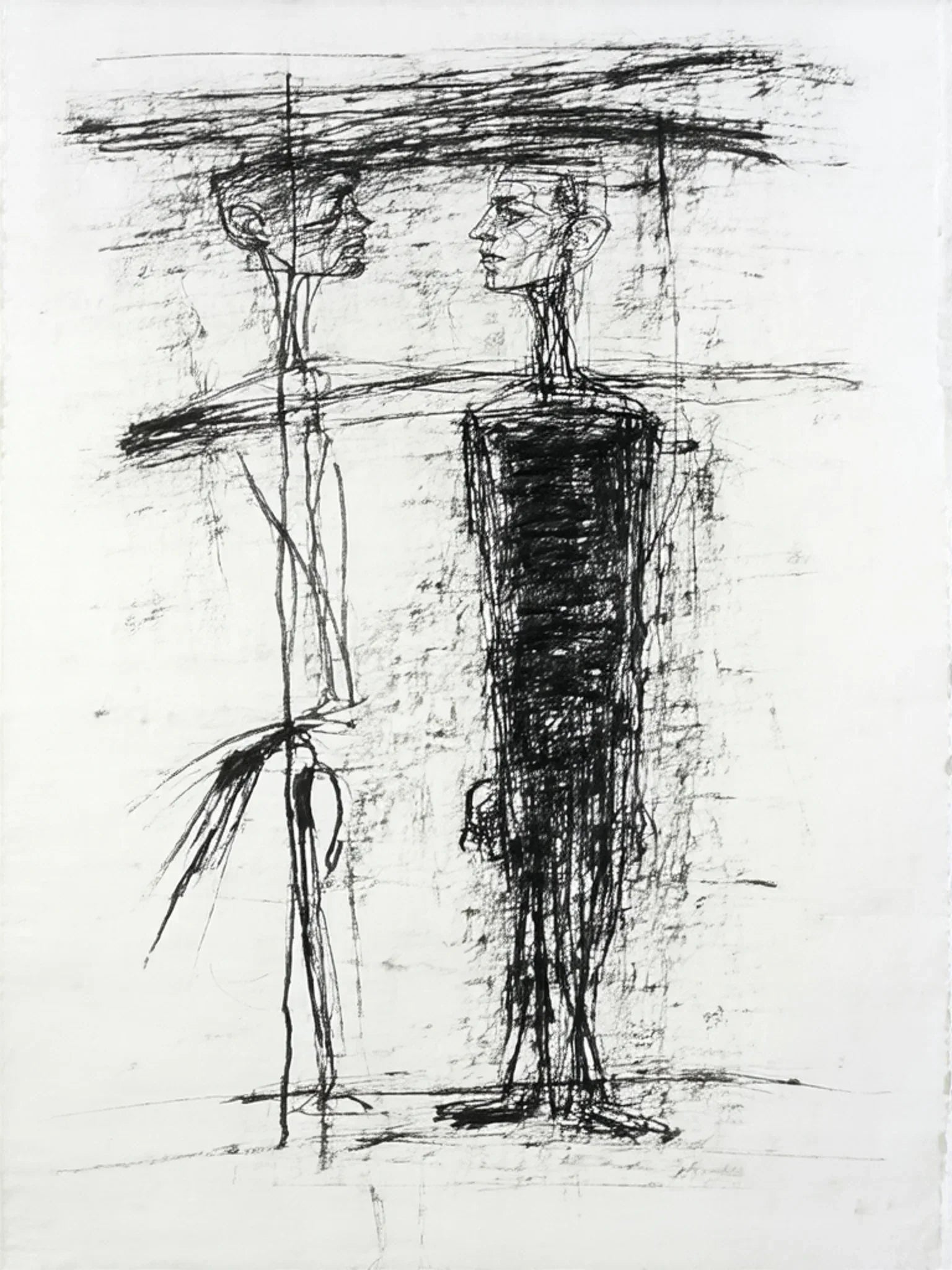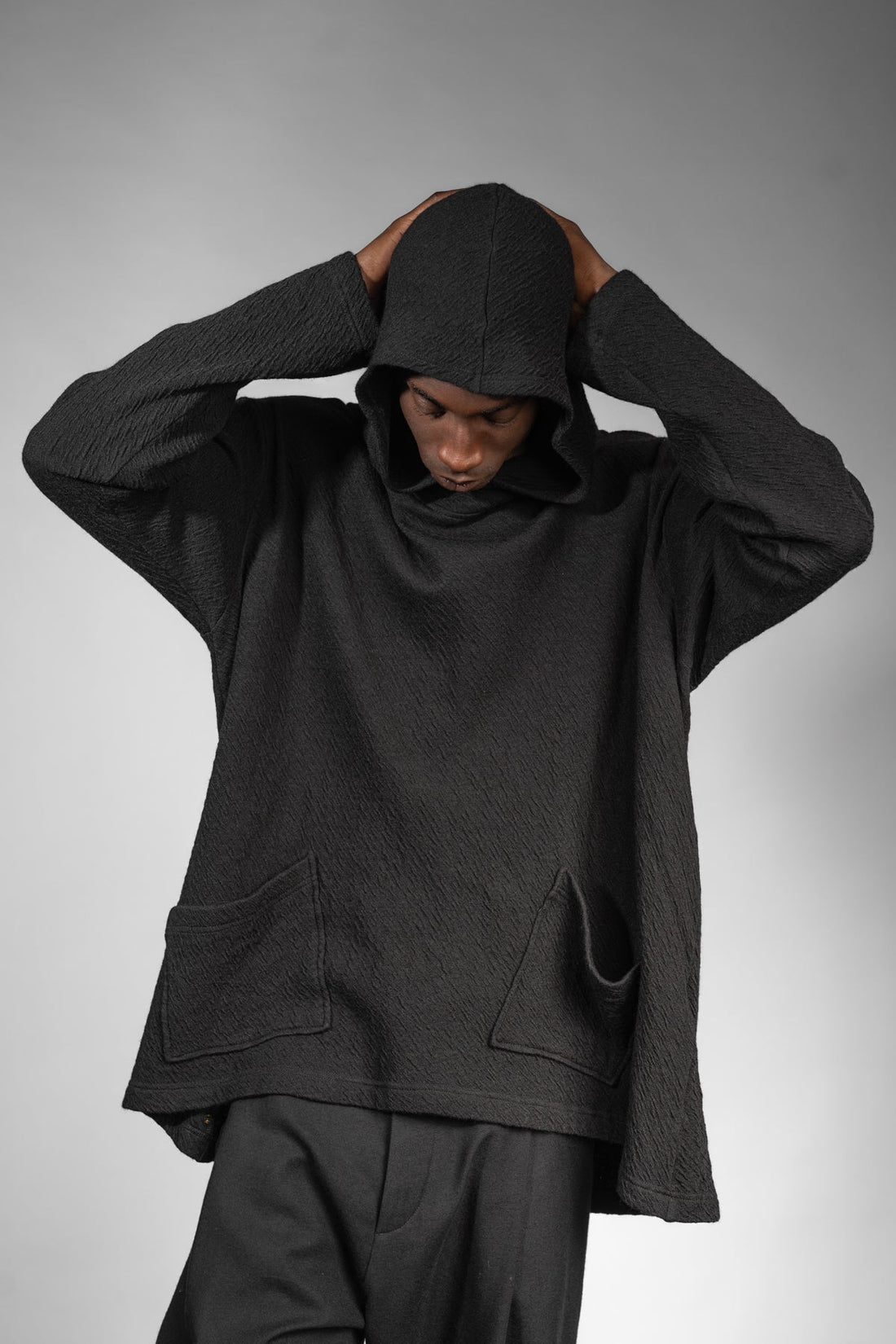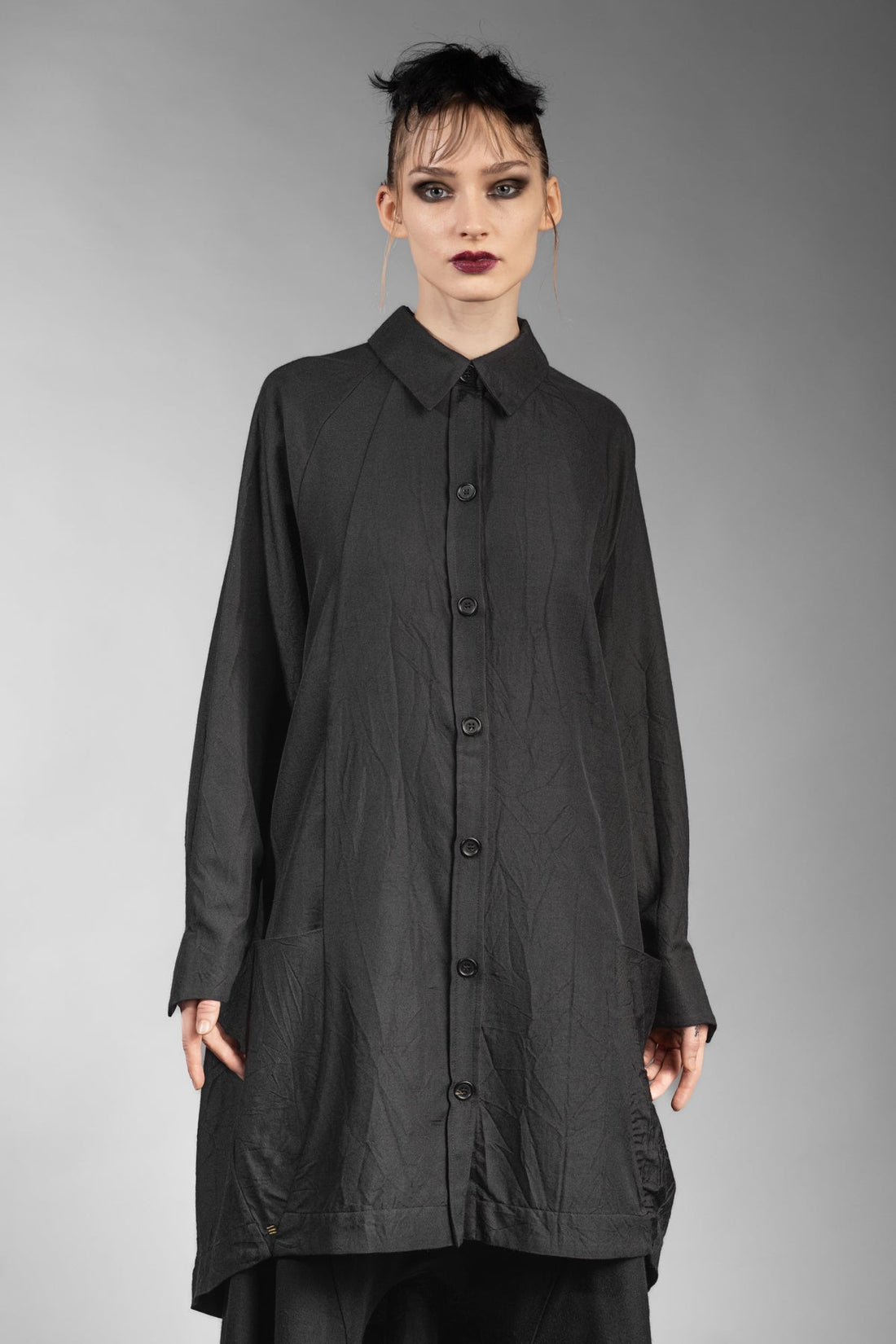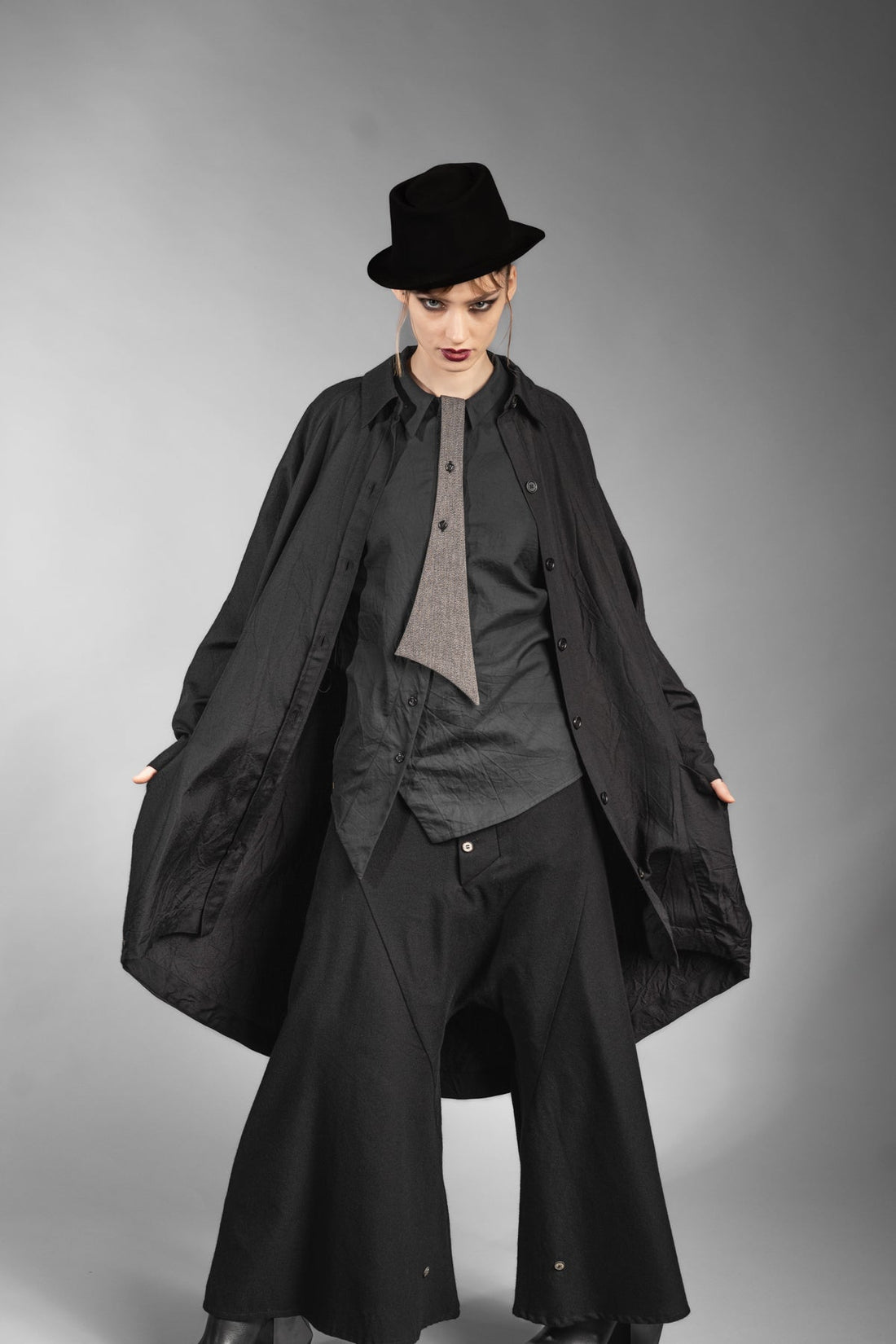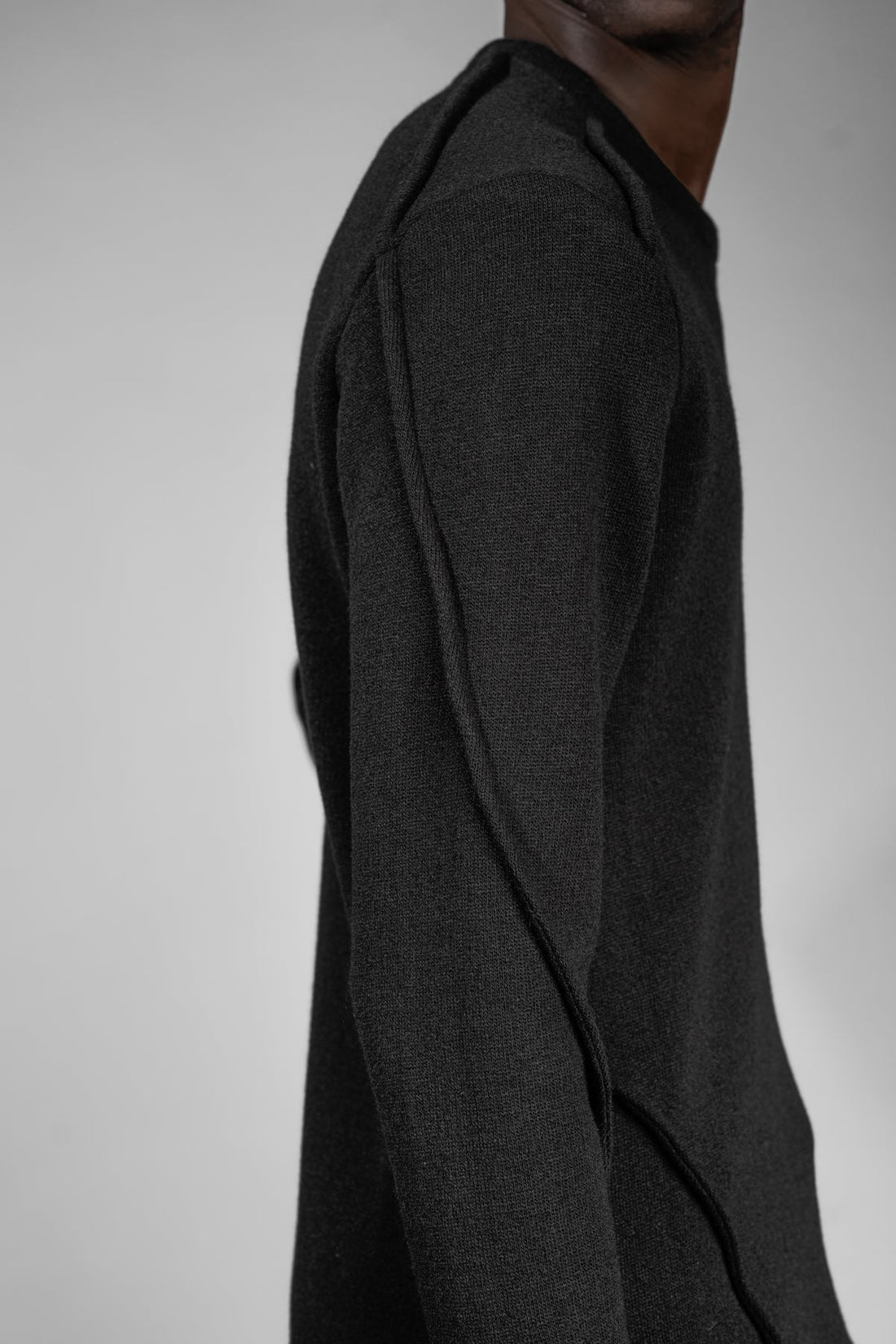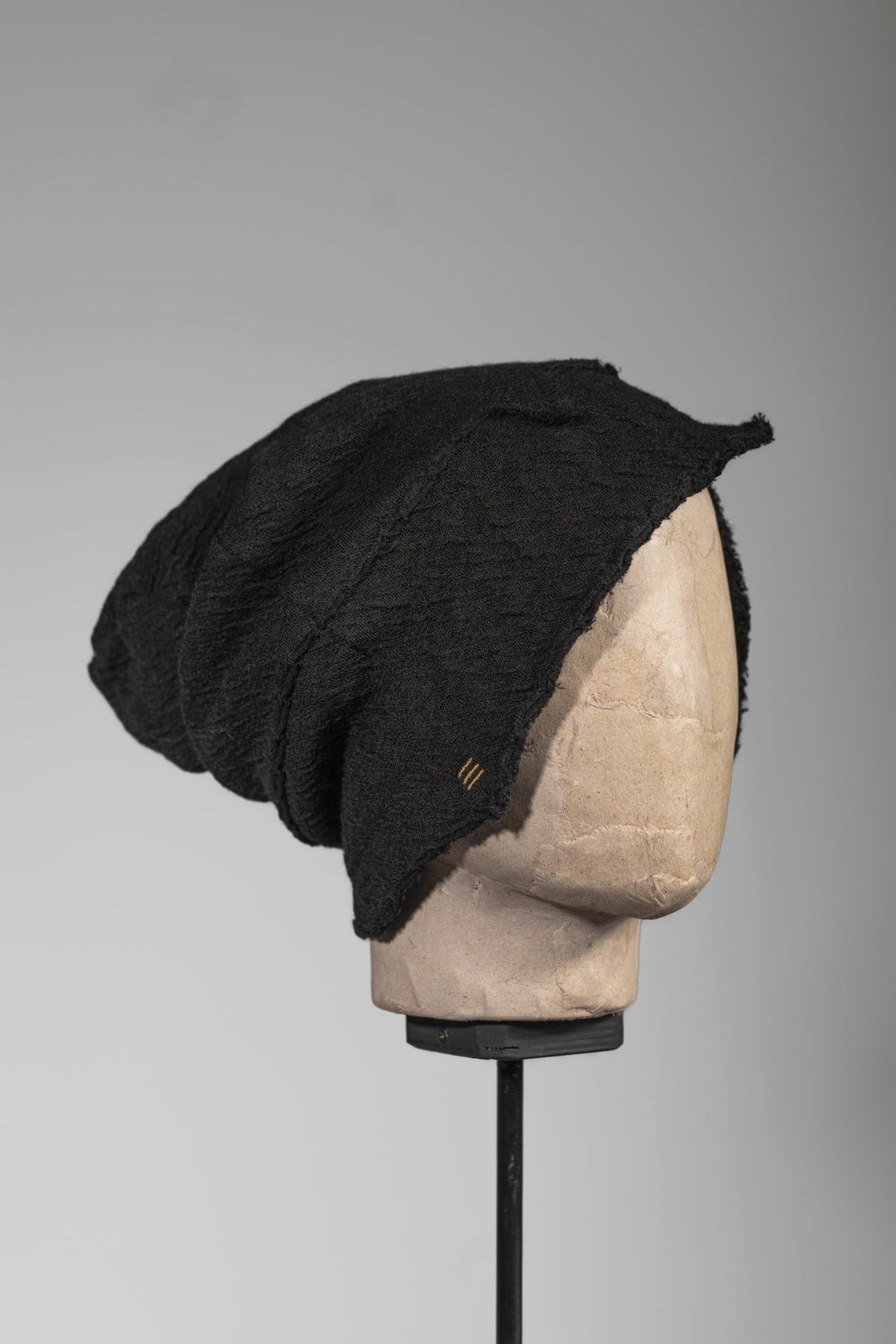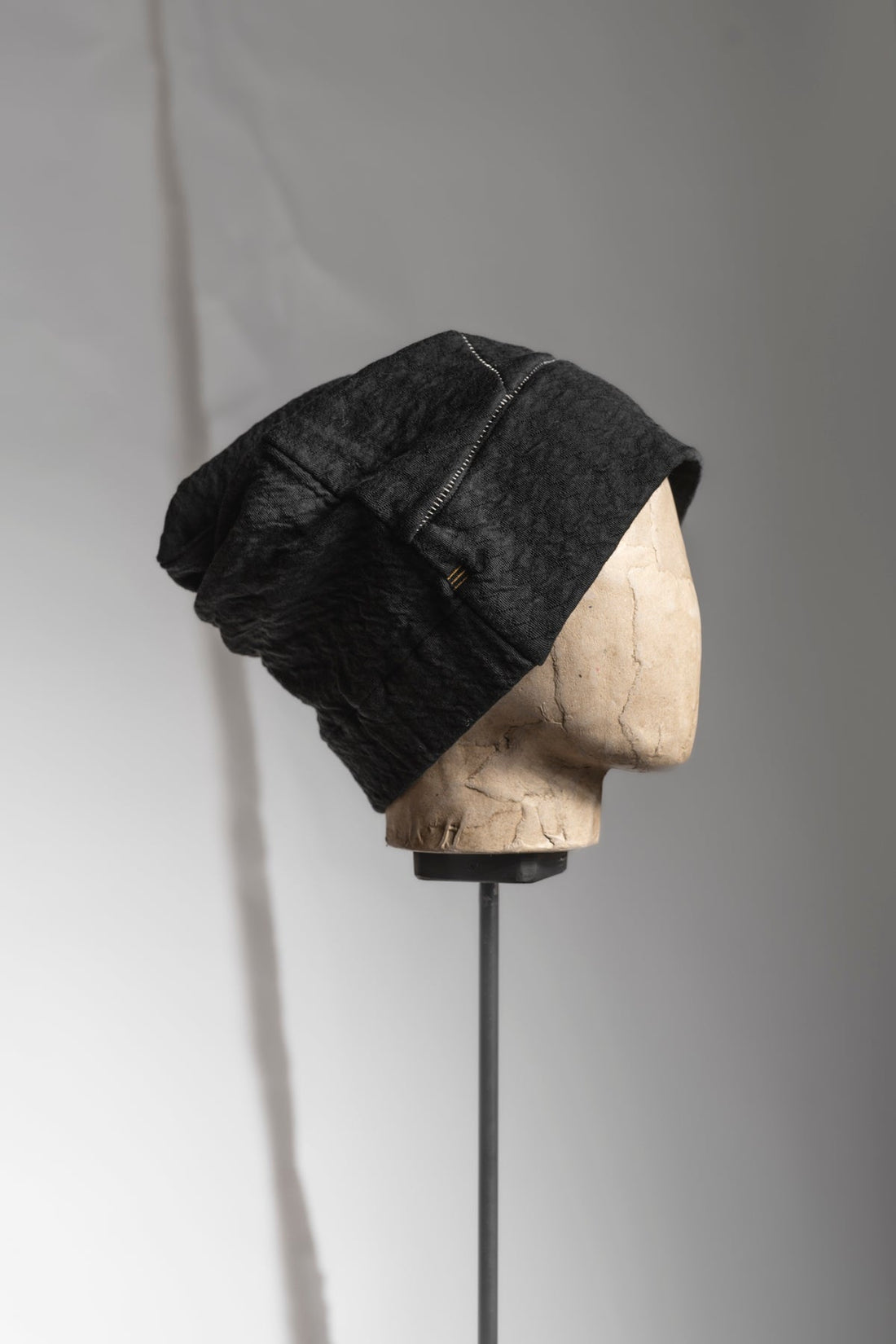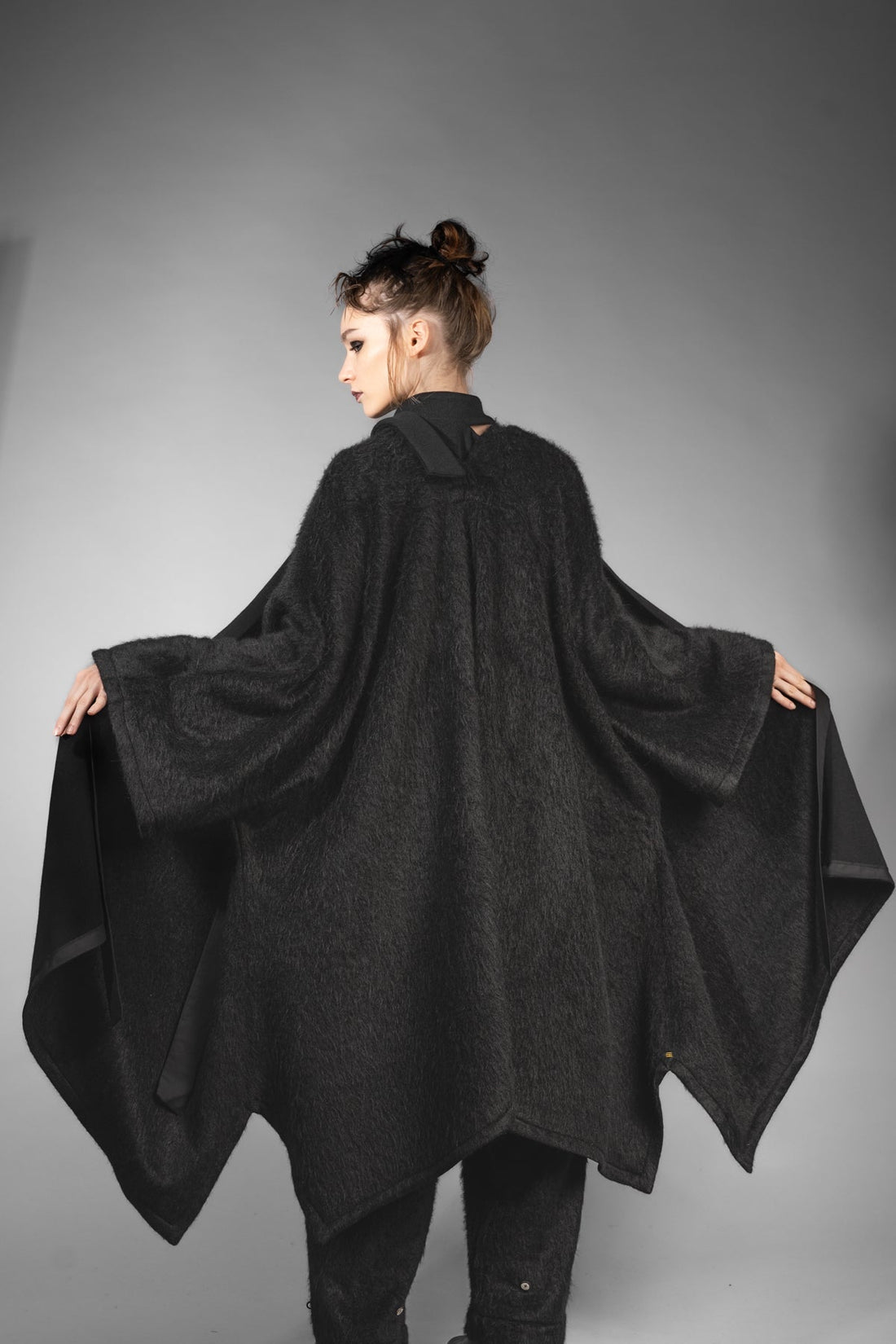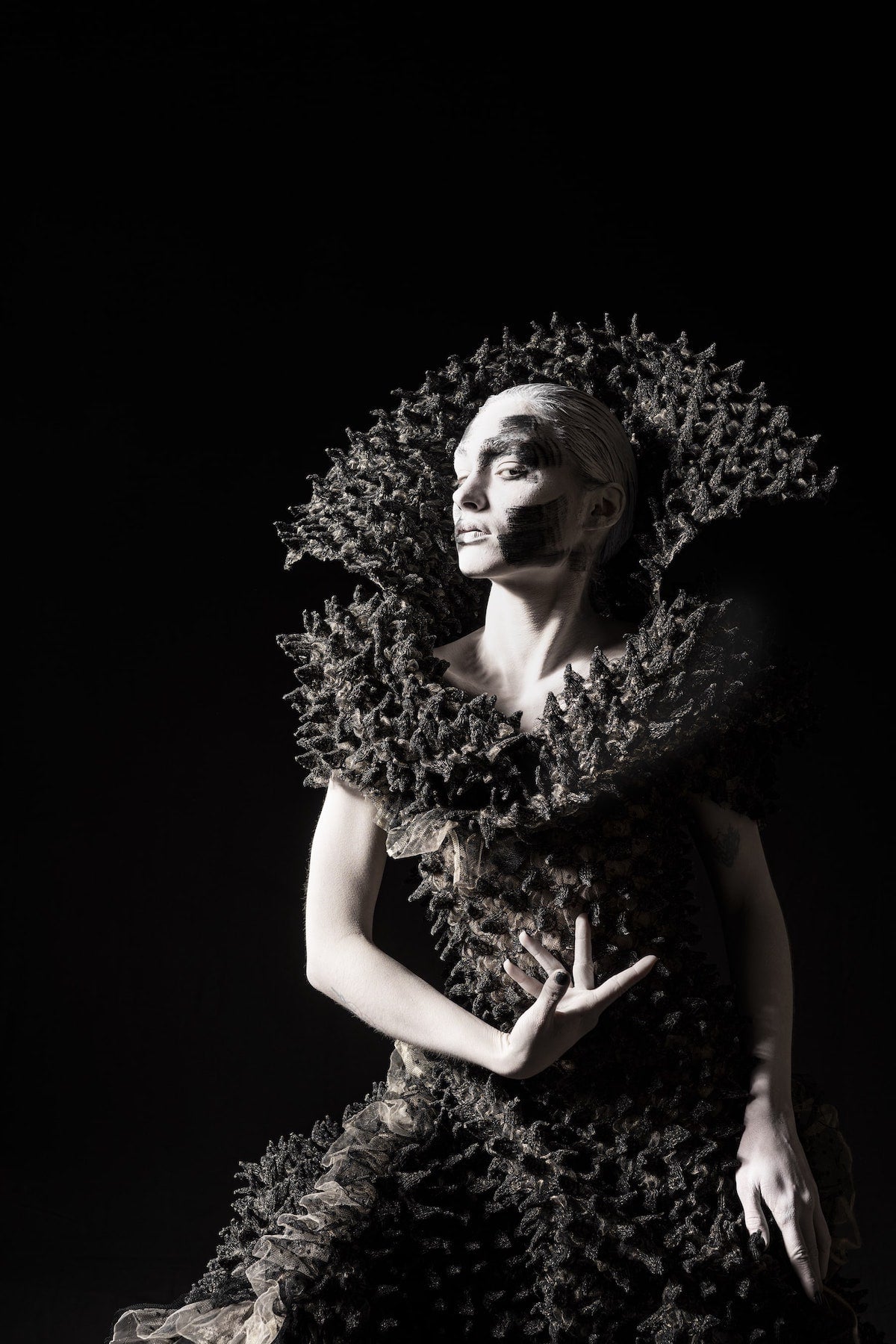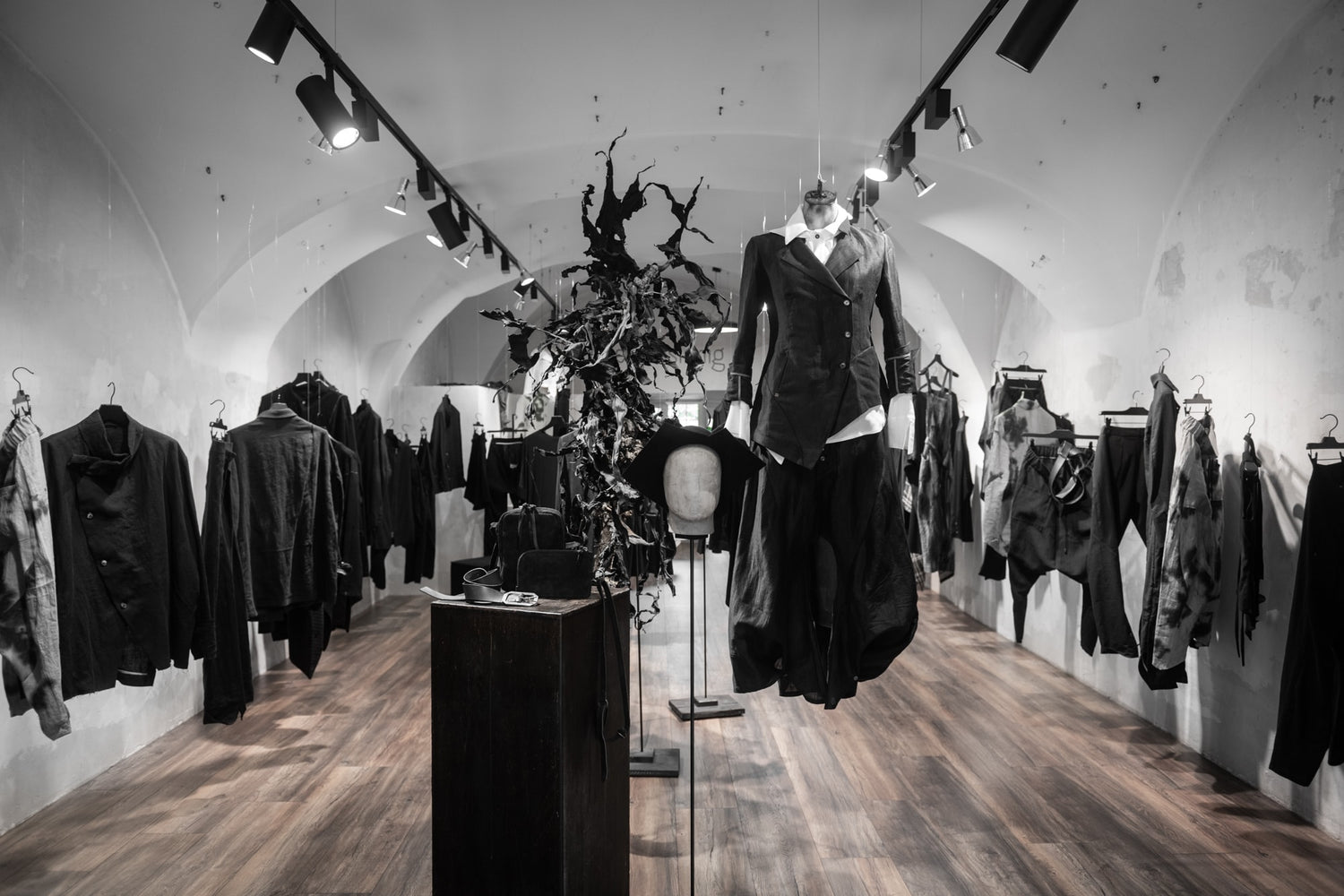Rarities as luxury principle: Notes on radical individualism in late-stage consumer culture
So here I am, having been made to wait in the rain for what feels like - and actually is - several minutes, which is the kind of temporal tax that luxury apparently now levies on its supplicants, a fact not lost on the cluster of teenagers beside me who are checking their phones with the particular brand of resigned irritation that only the young can muster when confronted with institutional indifference. My anticipation, perversely, builds. The glass portal finally yields.
I cross the threshold.
And am confronted with - what else? - handbags.
Handbags in every conceivable permutation of color. Handbags arranged with military precision. Handbags stretching to the vanishing point of retail perspective. Each one a masterclass in interchangeability, in the curious modern alchemy that transforms genuine absence-of-soul into perceived value through the liberal application of gold-tinted glitter, the whole assemblage fairly shrieking its imperative:
Purchase!
Immediately!
Without reflection!
And for God's sake don't pause to consider what you're actually doing here!
On "Objets Animés" and the cult of singularity
What I'm proposing - and look, I realize how this sounds - is something like a return to what we might call authentic creative engagement. Toward objects possessed of what the French would term âme - ensouled things, objets animés - that exist somehow outside or beyond the great flattening machinery of mass production. These would be iconic in the truest sense: not merely recognizable but genuinely extraordinary.
They would possess that increasingly rare combination of material excellence and conceptual originality, would bristle with actual personality, with what we might once have called spirit. Singular pieces that don't just occupy space but somehow generate thought. Art objects that one incorporates into one's life rather than merely - and here's the distinction that matters - consumes in passing.
This culture of the genuinely singular manifests in products whose essential originality renders them immune to the virus of trendiness, unmistakable in their resistance to temporal fashion. The luxury here - and this is crucial - isn't performative; it doesn't require or even particularly want everyone's gaze. It operates instead on a frequency audible only to those who've consciously tuned in. We're talking about considered observation rather than conspicuous display, about the patient excavation of deliberately concealed details.
And this is precisely where such objects perform their most vital function: surprising us in a world that has seemingly agreed to standardize surprise itself out of existence.
These pieces don't mount platforms or stages; they create what we might think of as contemplative chambers, spaces for both inspiration and its more difficult twin, reflection. Each artifact carries within it a kind of gentle insurgency: a whispered provocation that reveals its nature only to sustained attention. Call them rarities with rarity value - their ultimate luxury being their absolute unreproducibility, their stubborn insistence on otherness. They are vessels of narrative - simultaneously reticent and eloquent.
The luxury principle of radical individualism
What we need: fewer prefabricated versions of individuality. Less algorithmic thinking. The contemporary zeitgeist, with its fetish for optimization and efficiency, seems almost designed to obscure authentic individuality, to channel it into predetermined grooves of acceptable difference. This species of homogeneity presents itself as accessible, transparent, frictionless. It generates no cognitive dissonance; it poses no uncomfortable questions.
Genuine experimentation, conversely, requires something like actual courage - plus intellectual flexibility and a certain comfort with uncertainty. Deliberate otherness refuses the comfort of categories. It creates productive friction, seeks the heat of genuine encounter. It demands experience in the fullest sense - not the pre-packaged "experiences" marketed to us, but actual confrontation with the genuinely new.
Which is why radical individualism - undomesticated, genuinely rebellious - has become perhaps our scarcest commodity. Lambert Wiesing frames it thus: "True luxury is a fantastic Dadaism: a revolt of the unbourgeois nonconformist against the tyranny of the commonplace, against the suffocating weight of propriety, and most especially against the narrow prescriptions of middle-class respectability."
To which one might append: authentic luxury forms an alliance with precisely that species of otherness that simultaneously disturbs and illuminates. It inhabits those liminal spaces where conventions dissolve and certainties evaporate, creating clearings for the genuinely unexpected.
This is luxury that both offers and insists upon intellectual freedom - the freedom to think along unprecedented vectors - and that categorically refuses to exhaust itself within predetermined parameters.
Intelligent beauty: Aesthetics with intellectual heft
Depth of thought and sophisticated refinement have always been - though we seem to have forgotten this - the essential constituents of genuine luxury. The delicate work of translating intellectual complexity and sensual intelligence into objects of aesthetic experience deserves infinitely more attention than our current luxury discourse typically grants it.
So I exit through the same vitreous portal, departing the whole gleaming apparatus. And in this act of leaving - in declining the invitation to participate in carefully orchestrated mediocrity - something becomes clear:
Genuine luxury emerges precisely in those moments when we interrupt our own momentum, when we allow ourselves to stumble over and genuinely marvel at the anomalous. It manifests in those subtle deviations from scripted expectations, in the private dialogue we conduct with objects that decline to flatter us, that insist instead on challenging our assumptions.
These are the rarities that provide lasting enrichment, that generate actual inspiration, and that - in the fullest and most necessary sense - render us willfully, meaningfully, irreducibly singular.
This essay appeared in abbreviated form in Forbes Austria, Issue 4-2025.
